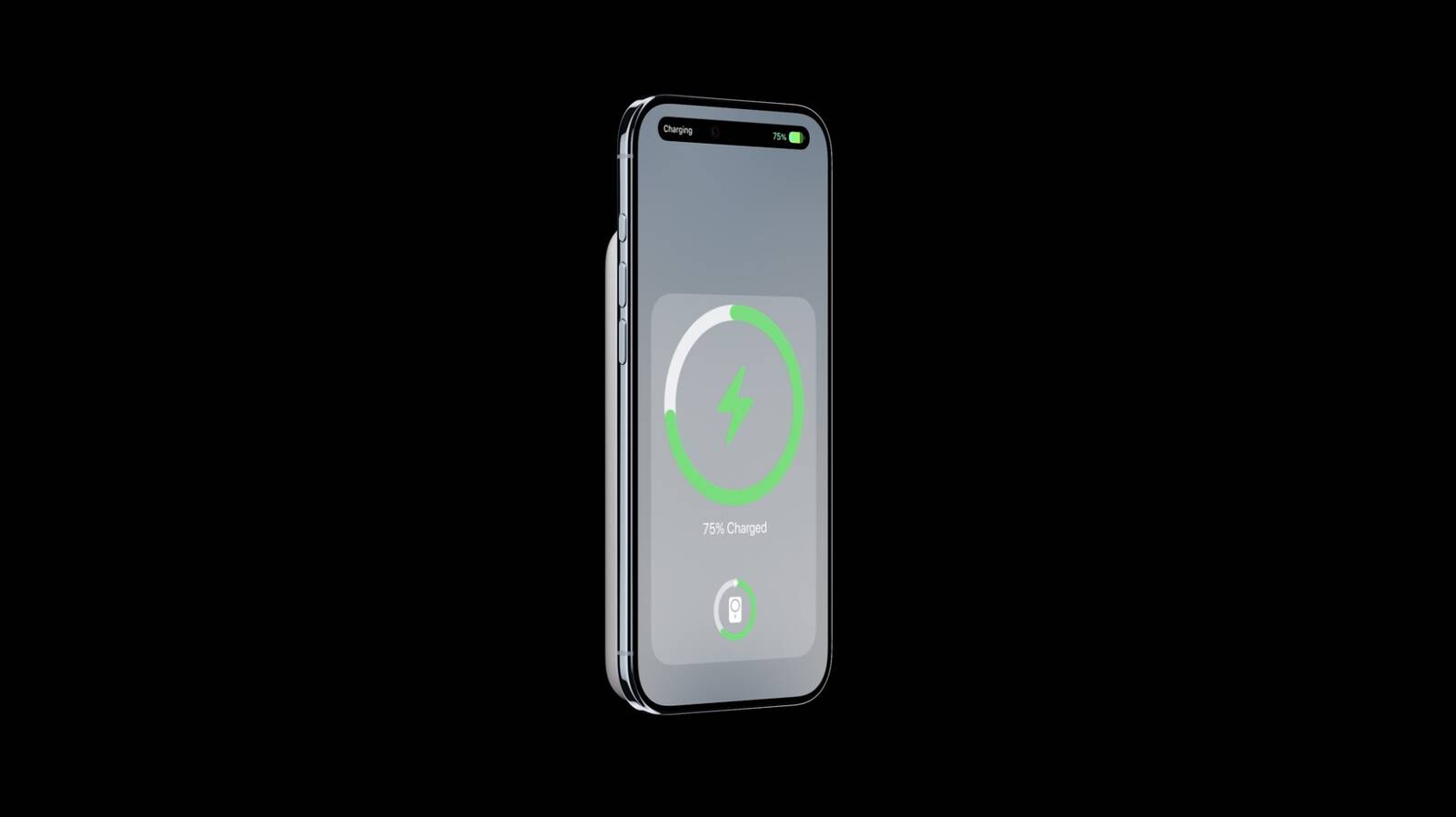
The iPhone Air can charge with MagSafe at up to 20W, according to Apple's technical specifications page for the new device.

20W is 5W slower than the 25W that the other iPhone 17 models (and iPhone 16 models) can charge at using one of Apple's updated MagSafe adapters. It is also limited to 20W Qi2 speeds instead of the 25W enabled by Qi2.2.
To fast charge wirelessly, the iPhone Air needs a MagSafe charger paired with a 30W adapter or higher, but for charging over USB-C, 20W is sufficient for fast charge. Fast charging provides a 50 percent charge in a 30 minute period.
With the MagSafe Battery that Apple designed for the iPhone Air, wireless charging is limited to 12W unless the MagSafe Battery is plugged in and providing passthrough charging capabilities.
The iPhone Air has the smallest battery of the iPhone 17 lineup, which could explain why it is not able to charge at the same speed. It uses high density battery technology, and that may also be a factor.
Article Link: iPhone Air Limited to 20W MagSafe Charging

